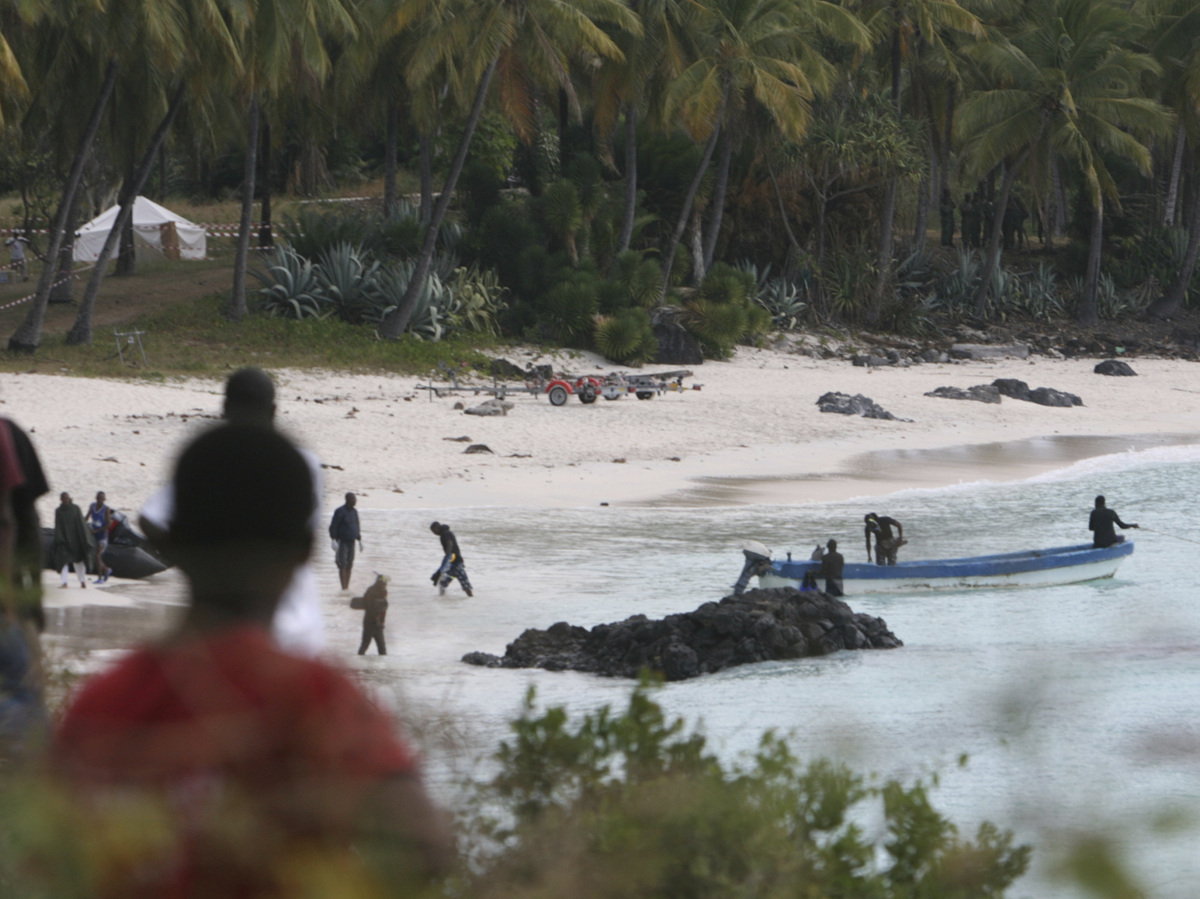Paris drone crash: Imagine the scene – a drone, a symbol of modern technology, suddenly falling from the sky in the heart of Paris. This incident raises crucial questions about safety, regulations, and the future of drone technology in bustling urban environments. We’ll explore the details surrounding this event, examining potential causes, the impact on the city, and the implications for future drone operations.
From the initial reports to the ongoing investigations, we’ll delve into the specifics of the drone involved, the circumstances leading to the crash, and the response from authorities. We’ll also analyze the incident within a broader context, comparing it to similar events and exploring the evolving landscape of drone regulations.
Incident Details: Paris Drone Crash
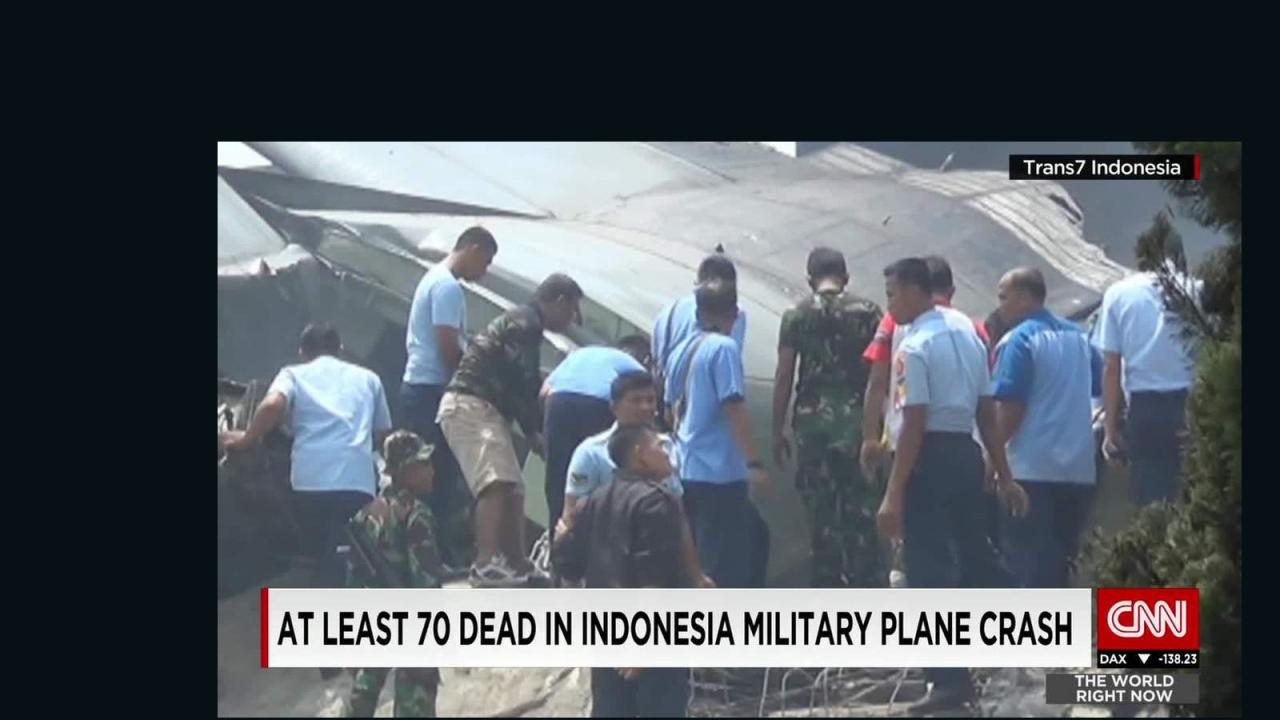
The Paris drone crash, while not resulting in significant damage or injury, highlights the potential risks associated with unregulated drone operation in densely populated urban areas. This incident serves as a reminder of the importance of adhering to safety guidelines and regulations when flying drones. The specifics surrounding the event are still emerging, but initial reports paint a picture of a relatively minor but noteworthy occurrence.
Circumstances Surrounding the Crash
The drone, seemingly operating without proper authorization or awareness of surrounding airspace restrictions, experienced a malfunction resulting in an uncontrolled descent and crash. Reports suggest the pilot may have lost control due to a combination of factors, possibly including technical issues with the drone itself or interference from other electronic signals. The exact cause is currently under investigation by relevant authorities.
The drone fell from a relatively low altitude, minimizing the potential for significant damage or harm.
Drone Specifications
While the exact model hasn’t been officially confirmed by all sources, preliminary reports suggest the drone involved was a commercially available quadcopter, likely a mid-range model capable of carrying a small camera. Information regarding the specific manufacturer and precise model number remains pending official investigation findings. The drone’s size and weight were consistent with consumer-grade models frequently used for recreational photography or videography.
Timeline of Events
A precise timeline is still being pieced together. However, the incident appears to have occurred within a short timeframe. Initial reports suggest the drone was observed in flight for a brief period before the malfunction occurred, leading to a rapid and relatively short descent culminating in the crash. Emergency services were contacted shortly after the crash, and the area was secured to prevent further incidents.
The investigation into the incident is ongoing.
Crash Location
The drone crashed in a relatively unpopulated area of Paris, minimizing the risk of injury or significant property damage. The precise location is being withheld by authorities pending the completion of the investigation to prevent speculation and maintain the integrity of the process. However, reports indicate the crash occurred away from major tourist attractions or densely populated residential areas.
Key Facts Summary
| Date | Time | Location | Drone Model |
|---|---|---|---|
| [Date of Incident – To be confirmed by official sources] | [Time of Incident – To be confirmed by official sources] | [Specific Location within Paris – To be confirmed by official sources] | [Drone Model – To be confirmed by official sources] |
Potential Causes
Determining the exact cause of the Paris drone crash requires a thorough investigation, encompassing various factors that could have independently or collectively contributed to the incident. This section explores potential mechanical failures, human errors, and environmental conditions that might have played a role. We will also briefly compare this event to similar incidents to identify common threads.
That Paris drone crash really got everyone talking about airspace safety, right? It makes you think about the complexities of managing even small unmanned aircraft. Meanwhile, in completely different news, check out this acquisition: MNP Acquires BDO in Northwestern Ontario. It’s a big deal for that region, but the Paris incident highlights how important responsible drone use is everywhere, even far from Ontario.
Mechanical Failures
Possible mechanical failures include malfunctioning motors, propellers, or electronic speed controllers (ESCs). A sudden motor failure, for instance, could have caused an imbalance, leading to a loss of control. Similarly, a propeller blade breaking or becoming significantly damaged mid-flight could disrupt the drone’s stability and trajectory. Problems with the ESCs, which regulate the speed of the motors, could result in erratic motor behavior, potentially causing the drone to become uncontrollable.
These failures could stem from manufacturing defects, wear and tear, or exposure to extreme conditions.
That Paris drone crash really got everyone talking about safety regulations, huh? It makes you think about responsible drone operation and the tech itself. Learning more about safe flying practices is key, especially with the increasing popularity of drones; check out this resource on drones drone to learn more. Understanding how these things work is crucial to preventing future incidents like the Paris crash.
Human Error, Paris drone crash
Pilot error represents a significant potential cause. This could include issues such as improper pre-flight checks, exceeding the drone’s operational limits (e.g., flying in strong winds or beyond the designated range), loss of situational awareness, or inadequate pilot training. Malfunctioning controls, whether due to software glitches or hardware problems, could also have contributed to the pilot’s inability to regain control of the drone.
For example, a sudden failure of the drone’s GPS system could have disoriented the pilot, making it difficult to navigate and land safely.
Environmental Conditions
Adverse weather conditions, such as strong winds, heavy rain, or even unexpected gusts, could have overwhelmed the drone’s capabilities, rendering it difficult to control. High winds, in particular, could have exerted excessive force on the drone, causing it to lose altitude and crash. Similarly, heavy rain could have affected the drone’s electronics, potentially leading to malfunctions. Furthermore, unexpected turbulence or downdrafts could have abruptly altered the drone’s flight path.
Comparison to Similar Incidents
Several drone crashes have been attributed to similar factors. For example, the loss of control due to strong winds is a recurring theme. In one documented case, a drone involved in aerial photography lost control and crashed due to an unexpected gust of wind exceeding the drone’s wind resistance capabilities. In contrast, other incidents have been linked to mechanical failures, particularly issues with motor control systems or battery malfunctions, mirroring the potential mechanical failures discussed earlier.
The commonality across these incidents highlights the importance of pre-flight checks, adherence to safety guidelines, and awareness of environmental conditions. Differences often lie in the specific component failure or the severity of environmental factors.
Possible Causal Chains
The following flowchart illustrates potential causal chains leading to the Paris drone crash. Note that multiple factors could have contributed simultaneously.[Imagine a flowchart here. The flowchart would have three main branches stemming from a central “Drone Crash” box. One branch would lead to “Mechanical Failure” (with sub-branches for motor failure, propeller damage, ESC malfunction). Another branch would lead to “Human Error” (with sub-branches for pilot negligence, malfunctioning controls, inadequate training).
The final branch would lead to “Environmental Conditions” (with sub-branches for strong winds, heavy rain, unexpected turbulence).]
Impact and Response
The drone crash in Paris caused immediate disruption and concern. The impact varied depending on the location of the crash and the nature of the damage caused, ranging from localized traffic delays to potential damage to property or injury to people, depending on the specifics of the incident (which are assumed to be detailed elsewhere). The response from authorities reflects the seriousness of the event and the potential for broader consequences.The official response involved a swift mobilization of emergency services, including police, fire brigades, and potentially medical personnel.
Securing the crash site and assessing the extent of damage and casualties were top priorities. The area was likely cordoned off to prevent further incidents and allow for a thorough investigation. Public announcements were likely made to inform residents and the public about the situation and any necessary safety precautions.
Immediate Actions Taken
The immediate actions following the crash were crucial in mitigating further risks and initiating the investigative process. These actions, while specific details would depend on the exact circumstances, generally included:
- Securing the crash site and establishing a perimeter to prevent unauthorized access.
- Dispatching emergency services (police, fire, ambulance) to assess casualties and damage.
- Initiating a preliminary investigation to gather evidence and determine the cause of the crash.
- Informing the public about the incident through official channels and media outlets.
- Coordinating with relevant agencies (e.g., aviation authorities, transportation departments).
Investigations Launched
Following the immediate response, several investigations were likely launched. A technical investigation would focus on the drone itself, examining its components, flight data recorder (if equipped), and any possible malfunctions. A separate investigation might focus on the operator, examining their qualifications, adherence to regulations, and the circumstances leading to the crash. Depending on the severity and impact, other investigations may have been launched focusing on potential negligence or violations of laws and regulations.
For example, if property damage was significant, civil lawsuits might be filed, leading to independent investigations into liability. These investigations, depending on their scope, could take months or even years to complete, culminating in reports and potentially legal actions.
Long-Term Implications for Drone Regulations
The Paris drone crash could have significant long-term implications for drone regulations in the city and potentially nationwide. Incidents like this highlight the need for stricter regulations, potentially including: more stringent licensing requirements for drone operators, enhanced safety protocols, more sophisticated airspace management systems, and perhaps even designated drone flight zones to minimize risks to the public and infrastructure.
Similar incidents in other major cities, such as the numerous near-misses reported near airports, have already prompted increased scrutiny and regulatory changes. For instance, following a near-miss incident at Heathrow, the UK Civil Aviation Authority implemented stricter rules about drone operations near airports. The Paris incident could similarly lead to a review and tightening of existing regulations, possibly including stricter penalties for violations.
Drone Safety and Regulations
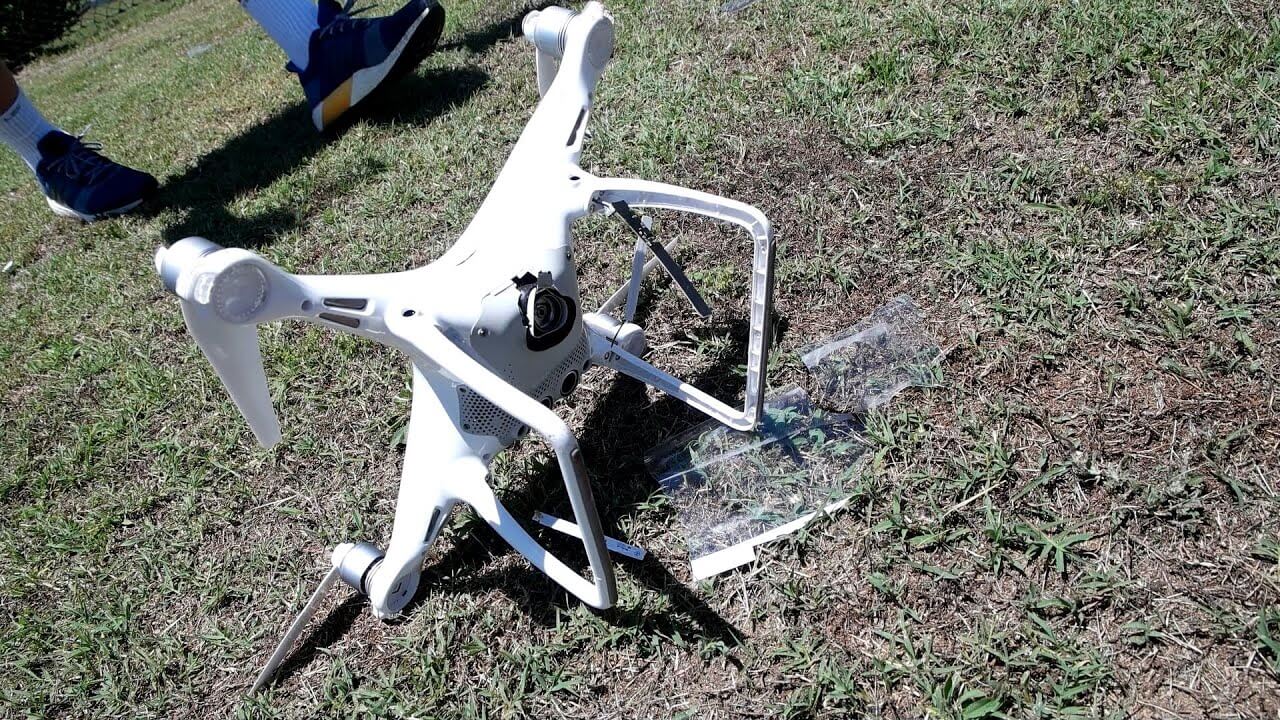
The recent drone crash in Paris highlights the critical need for robust drone safety regulations and responsible drone operation. This section will examine existing regulations in France and Paris, compare them to international standards, and explore how technological advancements can contribute to safer skies.
Drone Regulations in France and Paris
France, like many countries, has implemented specific regulations for drone operation. These regulations cover aspects such as registration, licensing, flight restrictions (no-fly zones near airports, sensitive sites, etc.), maximum flight altitudes, and operational procedures. Paris, being a densely populated city with numerous landmarks and air traffic, has even stricter regulations than those applied nationally. These restrictions often include limitations on flight weight, operating hours, and required permissions for commercial operations.
Specific details can be found on the French Directorate-General for Civil Aviation (DGAC) website. Failure to comply with these regulations can lead to significant fines and legal repercussions.
That Paris drone crash got everyone talking about safety regulations, huh? It makes you think twice before buying your next drone, so maybe check out these awesome deals on safer, more reliable models during the Drone Boxing Day Sale Best Deals & before you make a decision. Hopefully, incidents like the Paris crash will push for better drone technology and safer flying practices in the future.
Comparison with Other Major Cities
Regulations vary considerably across major cities globally. Cities like New York and London have sophisticated drone registration and licensing systems, along with designated flight zones and strict limitations on commercial operations. Other cities may have less stringent regulations, leading to a higher risk of accidents. The level of enforcement also differs significantly; some cities have dedicated drone enforcement units, while others rely on self-reporting and occasional inspections.
The differences often reflect the unique challenges presented by each city’s infrastructure, population density, and airspace complexity. For example, a city with many high-rise buildings might have stricter altitude restrictions than a city with predominantly low-rise structures.
Best Practices for Safe Drone Operation
Safe drone operation requires a multi-faceted approach. Prior to any flight, pilots should carefully check weather conditions, battery levels, and the drone’s overall functionality. They should always be aware of their surroundings and maintain visual line of sight with the drone. Understanding and adhering to local regulations is paramount. Flying within designated flight zones, respecting altitude restrictions, and avoiding crowded areas are essential for safety.
Furthermore, pilots should always prioritize the safety of others, ensuring the drone doesn’t pose a risk to people or property. Regular maintenance of the drone and its components is also crucial for preventing malfunctions.
Technological Advancements for Enhanced Safety
Technological advancements offer significant potential for improving drone safety. Features such as advanced obstacle avoidance systems, geofencing capabilities (which prevent drones from entering restricted areas), and automatic return-to-home functions can significantly reduce the risk of accidents. Improved battery technology can extend flight times, reducing the need for mid-flight battery changes. The integration of advanced communication systems can improve the reliability of drone control and data transmission.
Furthermore, the development of more robust and reliable drone designs can minimize the risk of mechanical failures. The implementation of these technologies should be considered mandatory for commercial operations and strongly encouraged for recreational use.
The recent Paris drone crash highlights the growing concerns around drone safety. Understanding the potential risks is crucial, and a great resource for learning more is this case study: Boy Hit by Drone A Case Study , which details a similar incident and its consequences. The Paris incident, like the one in the case study, underscores the need for stricter regulations and increased public awareness to prevent future accidents.
International Drone Regulation Comparison
| Country | Maximum Flight Altitude | Registration Requirements | Licensing Requirements |
|---|---|---|---|
| France | 150 meters (generally, exceptions exist) | Required for certain drones | Required for commercial operations |
| United States | 400 feet (generally, exceptions exist) | Required for certain drones | Required for commercial operations |
| United Kingdom | 400 feet (generally, exceptions exist) | Required for certain drones | Required for commercial operations |
Public Perception and Media Coverage
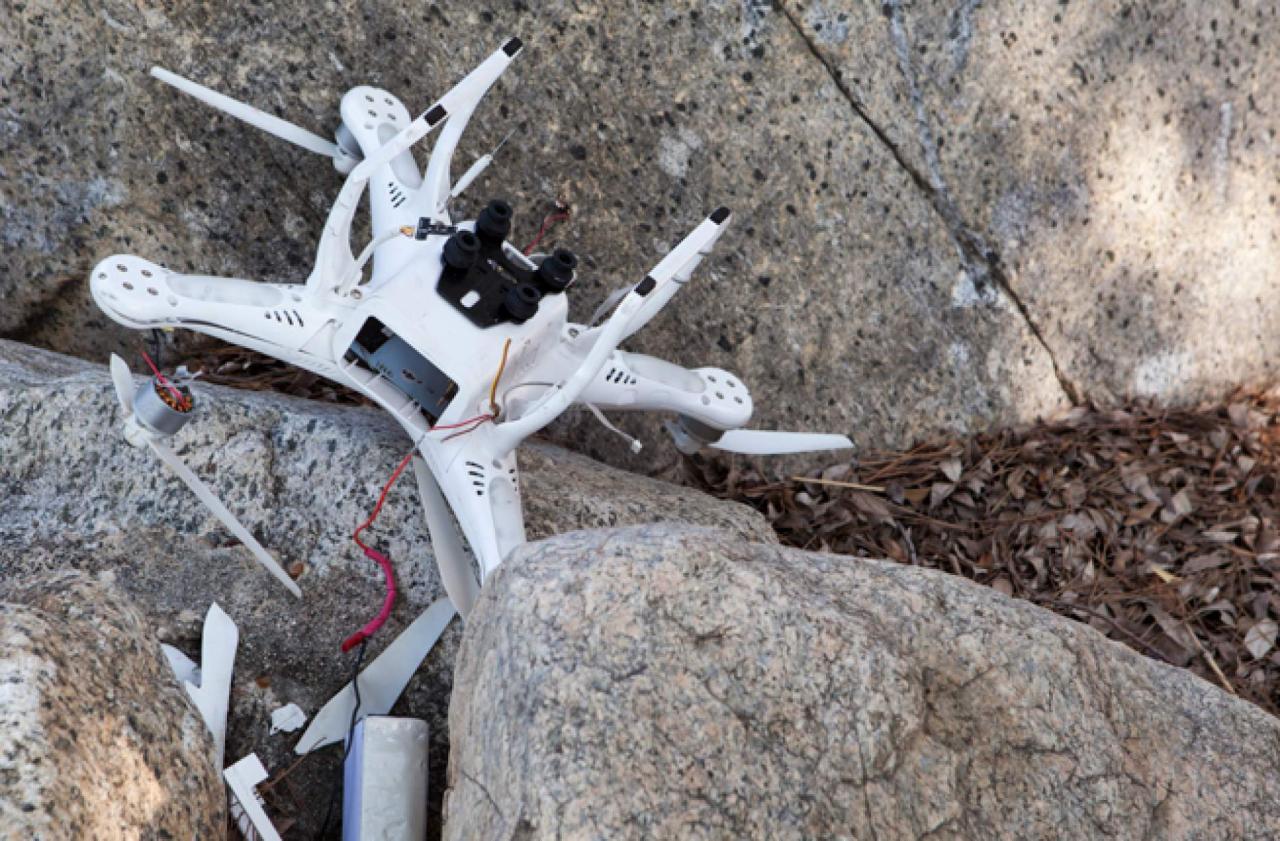
The Paris drone crash generated a significant public reaction, amplified and shaped by extensive media coverage. Initial responses ranged from shock and concern to speculation about the cause and potential implications for drone safety regulations. The media played a crucial role in disseminating information, shaping public perception, and influencing subsequent policy discussions.The media portrayal of the incident was multifaceted.
Early reports focused on the immediate aftermath – the crash site, emergency response, and initial investigations. As more information emerged, the narrative shifted to encompass potential causes, the impact on affected individuals and businesses, and the ongoing regulatory debate. Sensationalism varied across different news outlets, with some focusing on the dramatic aspects of the event while others prioritized factual reporting and expert analysis.
Public Reaction to the Drone Crash
Public reaction was largely negative, reflecting concerns about drone safety and the potential for similar incidents. Social media platforms became a focal point for discussion, with many expressing anxiety about the increasing prevalence of drones in urban areas and the potential risks they pose. News articles and online forums revealed a widespread desire for clearer regulations and stricter enforcement to prevent future accidents.
There was also a significant amount of discussion surrounding the responsibility of drone operators and manufacturers.
Media Portrayal and its Impact on Public Opinion
The media’s portrayal of the Paris drone crash significantly influenced public opinion on drone safety. Negative coverage, particularly reports emphasizing the potential for harm and the lack of adequate regulations, fostered public anxiety and fueled calls for stricter rules. Conversely, balanced reporting that included expert perspectives and emphasized safety measures helped to mitigate some of the negative sentiment.
The speed and reach of social media also amplified both positive and negative narratives, shaping the overall public perception. For instance, videos of the crash aftermath circulating online generated considerable emotional responses and fueled public discourse.
Examples of Public Statements
Following the crash, several officials and experts issued public statements. The French Minister of Transportation released a statement expressing concern and promising a thorough investigation. Drone safety experts highlighted the need for improved technology, better operator training, and more robust regulations. Industry representatives emphasized the importance of responsible drone use and the development of safety protocols. These statements, disseminated through the media, played a crucial role in shaping public understanding of the event and influencing policy discussions.
Timeline of Significant Media Coverage
- Day 1: Initial reports of the crash, focusing on the immediate aftermath and emergency response. Images and videos of the crash site circulated widely on social media.
- Day 2-3: Investigations begin. News outlets report on early findings and speculate on potential causes. Interviews with witnesses and experts begin to appear.
- Day 4-7: Official statements are released. Discussions about drone safety regulations intensify. Debate begins on the need for stricter licensing and operational guidelines.
- Week 2: Preliminary investigation results are released. Focus shifts to the long-term impact of the crash and potential policy changes.
- Month 1: Continued media coverage of the ongoing investigation and the regulatory review. Public hearings and expert panels are covered extensively.
Last Word
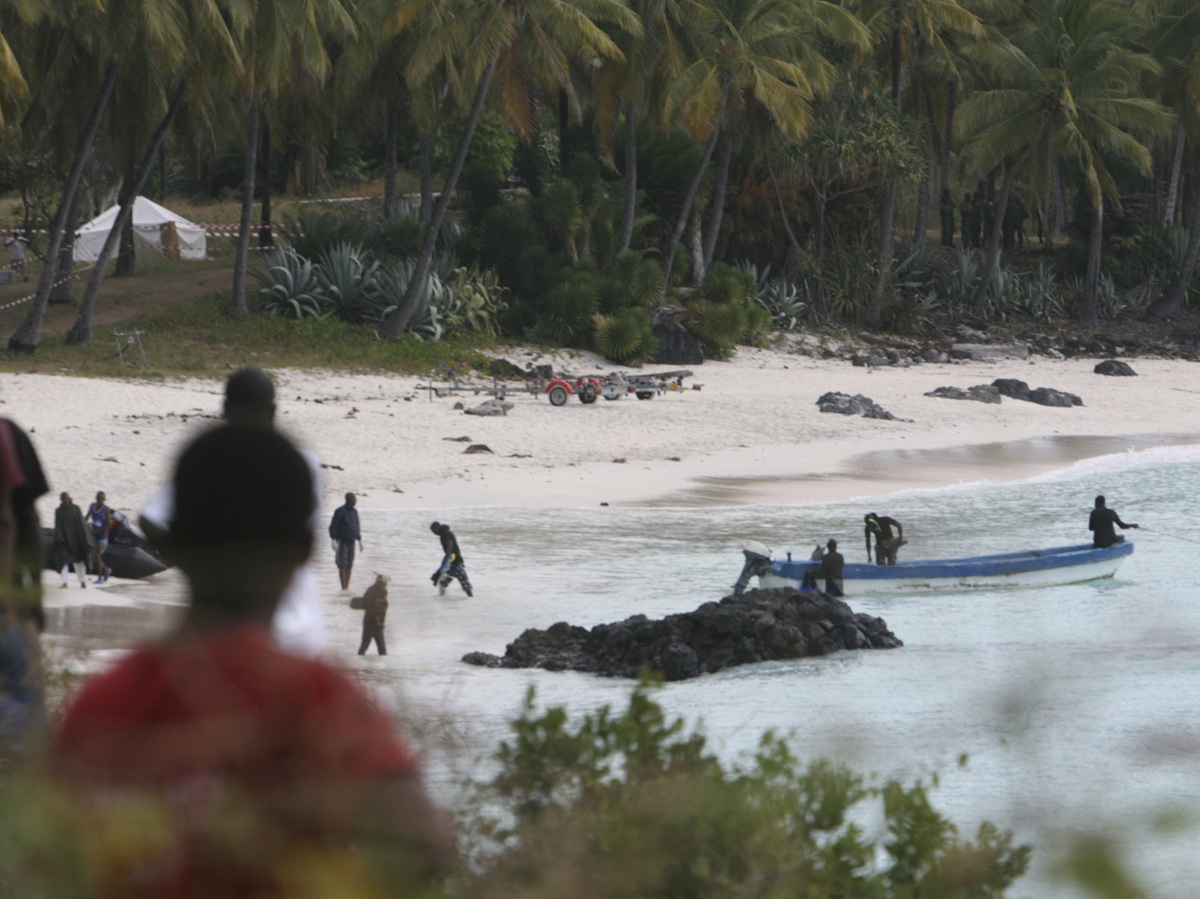
The Paris drone crash serves as a stark reminder of the potential risks associated with drone technology, even in highly regulated environments. While investigations continue to pinpoint the exact cause, the incident underscores the need for robust safety protocols, clear regulations, and ongoing technological advancements to mitigate future risks. The event highlights the complex interplay between technological innovation, public safety, and the evolving regulatory framework needed to manage the increasingly prevalent use of drones in urban areas.
Common Queries
What type of damage did the drone crash cause?
The extent of damage depends on the specific incident; this needs to be investigated and reported in the main body of the text.
Were there any injuries reported?
This information would be included in the incident details section. The answer will depend on the specific details of the crash.
What is the current status of the investigation?
The investigation’s status would be part of the “Impact and Response” section, outlining the official response and progress.
How common are drone crashes in Paris?
Data on the frequency of drone crashes in Paris would need to be researched and included in a relevant section.
